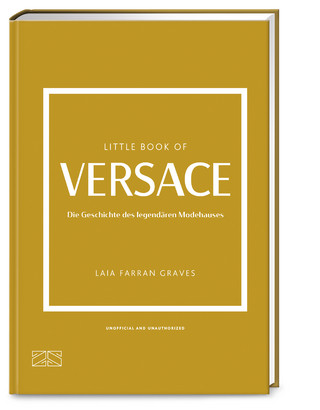Otti Berger
Hatje Cantz Verlag
978-3-7757-5500-9 (ISBN)
● Shows importance of textiles for the history of design
● First publication of Berger’s writings
lt;p>Otti Berger created fabrics that fundamentally changed the understanding of what textiles could be and do. A core member of the experimental approach to textiles at the Bauhaus, she was also a female entrepreneur in the frenzied time that was the early 1930s in Berlin. Working closely with architects of the New Objectivity movement such as Lilly Reich, Ludwig Hilberseimer and Hans Scharoun, she designed upholstery and wall tapestries, curtains and floor coverings that responded to novel types of use and production methods, and thereby redefined the relationship between aesthetics and function with fascinating results. To date Berger's textile work has only been explored in fragments. This book is the first comprehensive study of its complexity and beauty and makes her hitherto unpublished treatise on fabrics and the methodology of textile production accessible. Raum's research offers an entirely new perspective on Berger's oeuvre.
OTTI BERGER (1898-1944) was one of the most important textiledesigners of the 20th century. Born in Zmajevac, in the Austro-Hungarian Empire, present-day Croatia, she studied in Zagreband from 1927 at the Bauhaus in Dessau. Leaving her teachingpost at the Bauhaus, she set up her own business in Berlin in1932 to design fabrics for modern interiors, but was banned fromworking due to her Jewish heritage in 1936. Attempts to escapeto England and the USA failed. She was deported from Croatiato Auschwitz and was murdered there in 1944.
In cooperation with the Bauhaus Archive Berlin, visual artistand art historian JUDITH RAUM (*1977) has conducted intensiveresearch in European and North American archives to completethe first comprehensive study of Berger's scattered estate.
OTTI BERGER (1898–1944) was one of the most important textile designers of the 20th century. Born in Zmajevac, in the Austro-Hungarian Empire, present-day Croatia, she studied in Zagreb from 1921–1926 and at the Bauhaus in Dessau from 1927. Leaving her teaching post at the Bauhaus, she set up her own business in Berlin in 1932 to design fabrics for modern interiors throughout Europe. In 1936, she was banned from working due to her Jewish heritage. Attempts to escape to England and the USA failed. She was deported from Croatia to Auschwitz and was murdered there in 1944. Visual artist and art historian JUDITH RAUM (*1977) has been preoccupied for several years with the Bauhaus textile workshop. Her intensive research in European and North American archives in cooperation with the Bauhaus Archive Berlin, is the first comprehensive study of Berger’s scattered estate.
| Erscheinungsdatum | 20.03.2024 |
|---|---|
| Illustrationen | Uta Neumann |
| Sprache | englisch |
| Maße | 228 x 320 mm |
| Gewicht | 1656 g |
| Themenwelt | Kunst / Musik / Theater ► Design / Innenarchitektur / Mode |
| Schlagworte | Architektur • Bauhaus • International Style • jüdische Künstler • Künstlerin • Monografie • New Architecture • Otti Berger • Textilkunst • Weberei |
| ISBN-10 | 3-7757-5500-4 / 3775755004 |
| ISBN-13 | 978-3-7757-5500-9 / 9783775755009 |
| Zustand | Neuware |
| Haben Sie eine Frage zum Produkt? |
aus dem Bereich




